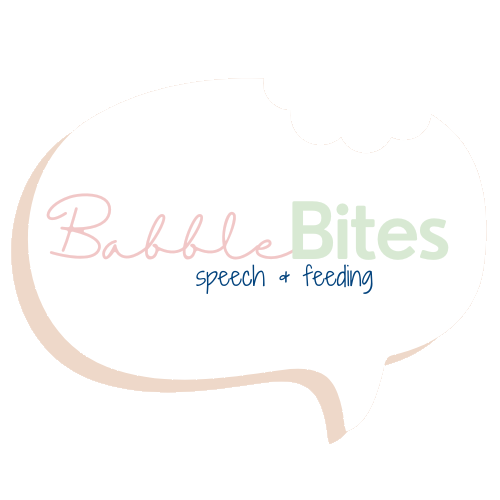Functional Words: How to teach your baby to ask for “Help”
The word “help” is an extremely functional and helpful word for babies to learn, because it gives them the ability to ask for help and reduce frustration.
How to Teach Your Baby the Word, “Help”
1. Model the word “help” frequently across different scenarios
Start by modeling the word (and sign if you want!) every time you help your baby with something. When you notice your baby struggling with something, such as trying to open a container, fixing a broken toy, trying to stack blocks, trying to put on shoes, etc., model the word (and/or sign) “help” as you go to help them. You can even create opportunities to practice the word “help” by putting a preferred toy or snack in a container that is tricky to open, or by playing with a toy you know they will need help with, such as wind-up toys.
Here is the sign for “help.” You can pair it with the verbal word.
2. Bring your baby’s attention to your mouth as you model the word “help”
You can also point to your mouth while you say the word “help” to bring your baby’s attention to the way your mouth is moving. The consonant sounds in this word are early developing (/h/ and /p/), which makes this a great early word to teach (it might sound more like “heh” or “hep” when your baby says it at first).
3. Add another word to “help” to continue expanding vocabulary
You can model the word “help” by itself, or you can also add the word of whatever you are helping with, such as “help open,” “help on” “help me,” “help fix,” etc. This way your child will continue to expand their vocabulary, and eventually be able to tell you specifically what they need help with. Once your child does start saying the word “help” I definitely recommend starting to model it back with an added word, this is called the +1 strategy.
Model “help on” each time you help put your child’s shoes on.
4. Give your child the opportunity to ask for “help” by pausing
Once you have modeled the word “help” many times (this may take days, weeks, or months depending on your child’s development, and their age), choose an opportunity to pause and wait before automatically helping your child. This will be best to practice when your child is not too frustrated yet. If your child is already to the point of agitation, it will be harder to work on a learning opportunity!
Try giving your child an unopened snack container to create an opportunity for them to ask for “help.”
For Example:
Let’s take your child needing help with opening a snack container for example. When your child is trying to open the container, pause and look expectantly at your child (i.e. eyebrows raised, mouth open smiling).
If your child does not initiate the word or sign for “help” on their own, you can try stating, “Let me know if you need help,” or simply model the word and/or sign, “help,” and again pause and look expectantly, and see if your child imitates the word or sign. Wait 3-5 seconds after you model it to see if they imitate you. If you ask it as a question (“Do you need help?”), be aware that your child may just respond “yes” or with a head nod if they already have this skill, so you will need to model the word by itself.
If they are not getting frustrated, try modeling the word “help” and pausing to wait for them to imitate 1-2 more times before giving them help while modeling the word, “help.”
If they don’t try the word yet, continue to model it across different scenarios and try this again in a few days!
When Can Babies Use the Word “More”?
Babies can learn the sign for “help” as early as 9 months of age (you may need to modify it to make it easier for their motor skills), and the verbal word “help” between 12-24 months of age.
This website and information on this blog post is provided for educational purposes only. It is not meant as medical advice, intended to replace a speech-language assessment, therapy from a speech-language pathologist, or serve as medical care for a child. It is recommended that you discuss any concerns or questions you might have with your speech-language pathologist, pediatrician, and medical team, and develop an individualized team plan specifically for your child.
Follow us on Instagram for “bite-sized” information on each blog post:













